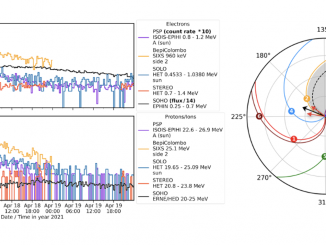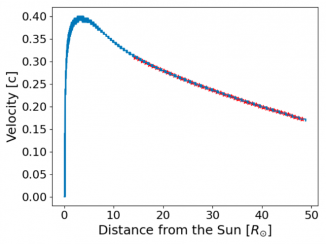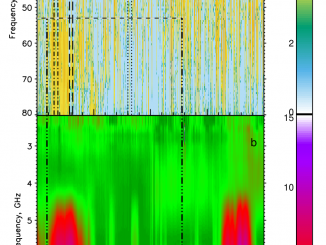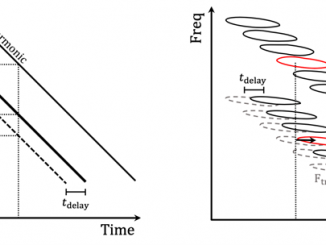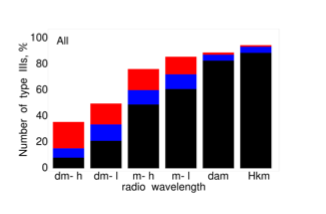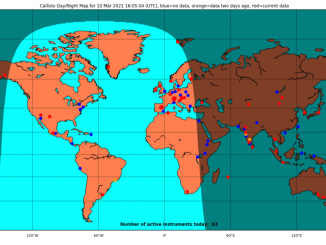A possible new scenario for widespread solar energetic particle events by Nina Dresing et al.
A long-standing problem in solar energetic particle (SEP) studies is to pinpoint their source regions at the Sun. Potential contributions by both the flare and CME-driven shocks complicate the analysis. A certain type of SEP events shows very wide particle spreads up to all around the Sun. The mechanisms proposed so far to generate these widespread events are a very wide SEP injection region, likely a shock, or strong perpendicular […]

